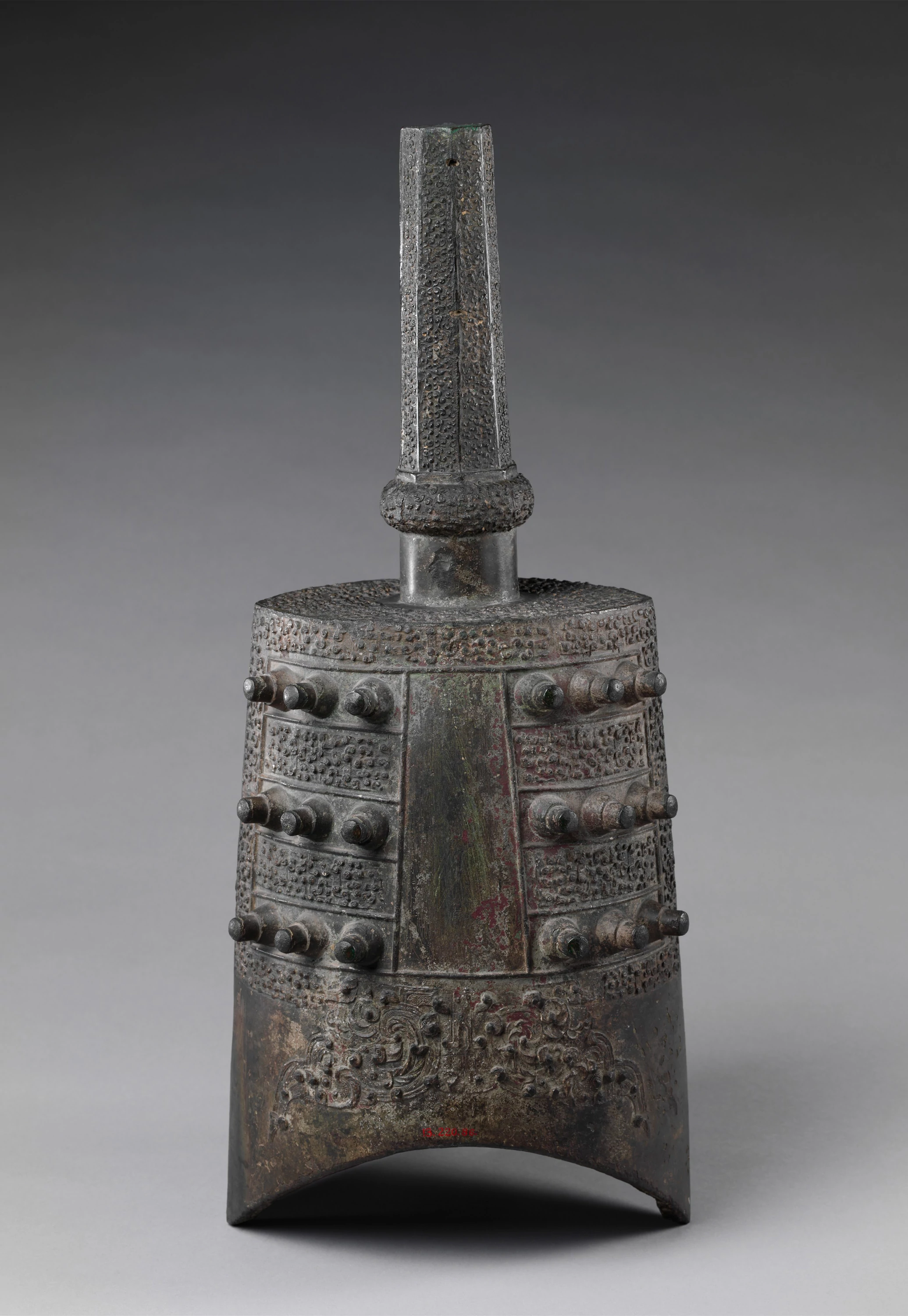Ancient China
Three dynasties birth Chinese art and philosophy.
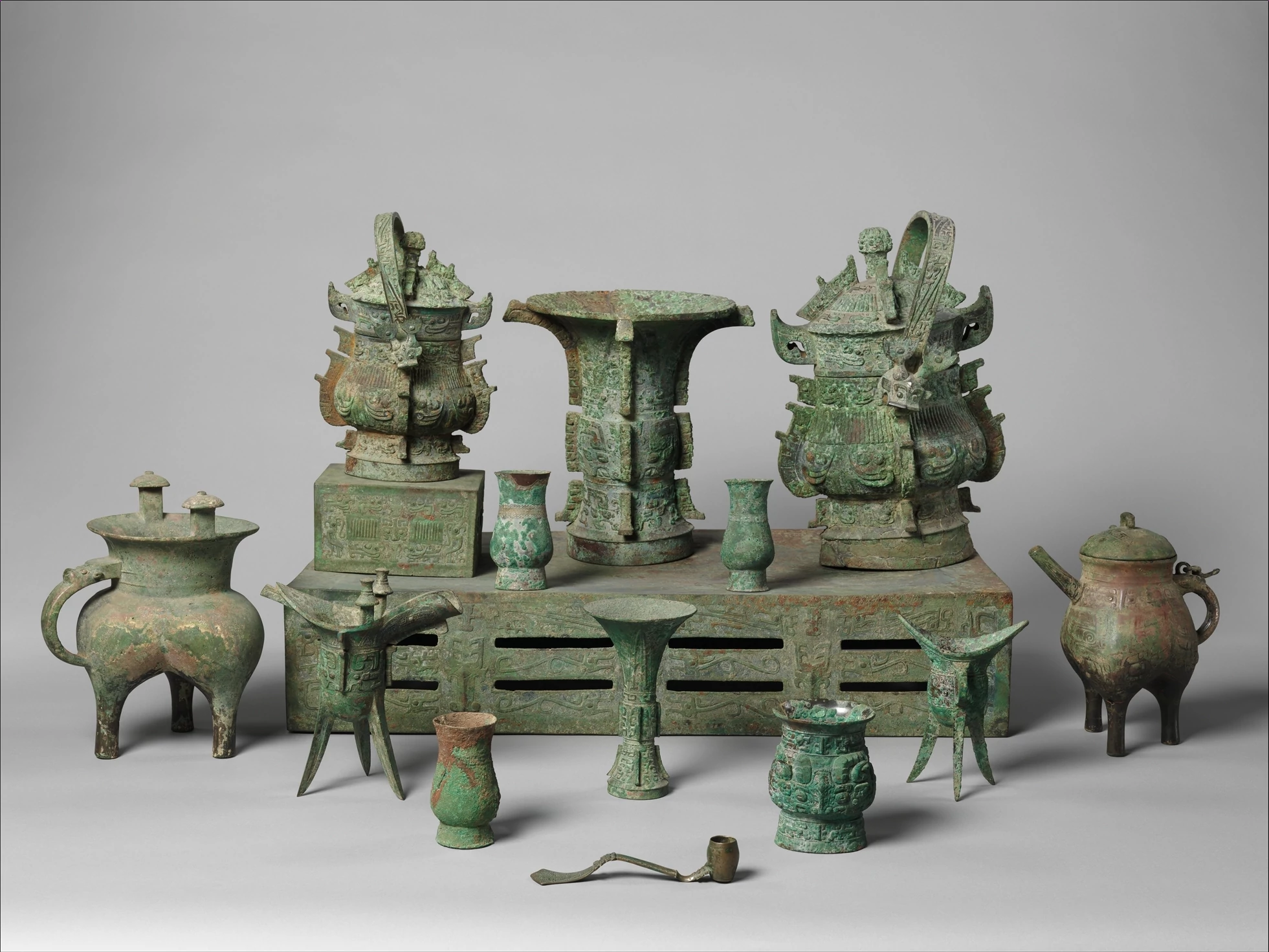

It’s remarkable that we know anything at all about the first Chinese dynasties, the Xia (2070–1600 BCE), Shang (1600–1046 BCE), and Zhou (1046–256 BC). While archaeologists have discovered Bronze Age artifacts that date to the Xia dynasty, no written records of the period remain, and the only records of the Shang dynasty are the oracle bones of Anyang, engraved with the names of emperors who hoped to see the future. So how do we know about Lord Yu, who in 2200 BCE stopped a decade of terrible floods by building a network of canals? How do we know about Emperor Zhou’s attempt to turn his palace into a zoo in 1050 BCE?
When you look far enough back in time, the line between history and mythology becomes thin. But Ancient China was gifted with an incredible culture of historians. Thousands of years of Chinese history were transcribed from court records into massive volumes like the Shujing Book of Documents, the Ji Tomb Annals, and the Shǐjì, the ‘Records of the Grand Historian,’ a monumental breakdown of the lineage of China’s rulers from Huangdi the Yellow Emperor, who reigned in 2600 BCE, to the Emperor Wu of Han in 100 BCE.
For centuries these books were considered mythology, until in 1928 the Chinese Academy of Sciences began excavations at the ancient city of Xiaotun, uncovering a multitude of oracle bones. The shoulder-blades of sacrificed oxen, used for divination, were inscribed with names that match the Shang dynasty list of emperors and kings from the ancient texts. While the full accuracy of The Records and other Chinese histories is still debated, we know at least that they are grounded in reality.
So Ancient China saw the rise and fall of three great dynasties. The Xia dynasty saw dramatic urban development, sophisticated bronze implements, and agricultural growth in the wake of the floods that were stopped by Lord Yu. The Shang dynasty saw Yinxu rise as a prosperous capital city, where archeologists have uncovered eleven royal tombs and the foundations of sprawling palaces. People of the Shang dynasty were intensely religious, worshiping a ‘high god’ as well as many generations of ancestors.
The Zhou was the longest-running dynasty in China’s history, and it saw a tremendous amount of cultural evolution. Politically, the Zhou was a feudal dynasty, with the now-massive empire split into fiefdoms ruled by lords, with local serfs farming the land. The development of the well-field system, where one ninth of all crops were donated to the state, prevented famine and brought a measure of stability.
But around 600 BCE, during the Warring States period, when the feudal lords divided and fought each other for land and power, Chinese culture got a massive shot in the arm. Constant conflict and danger forced social issues into popular awareness, and many Chinese scholars took up a nomadic lifestyle to learn council local leaders and prevent as much damage as possible. During this time, the philosopher Confucius codified ethical leadership, the sage Laozi laid the foundations of the Taoist philosophy, and Zou Yan founded the School of Naturalism or Yin-Yang. This explosion of philosophy, study and religion shaped every aspect of Chinese culture, in ways that still echo today.
...
Got questions, comments or corrections about Ancient China? Join the conversation in our Discord, and if you enjoy content like this, consider becoming a member for exclusive essays, downloadables, and discounts in the Obelisk Store.

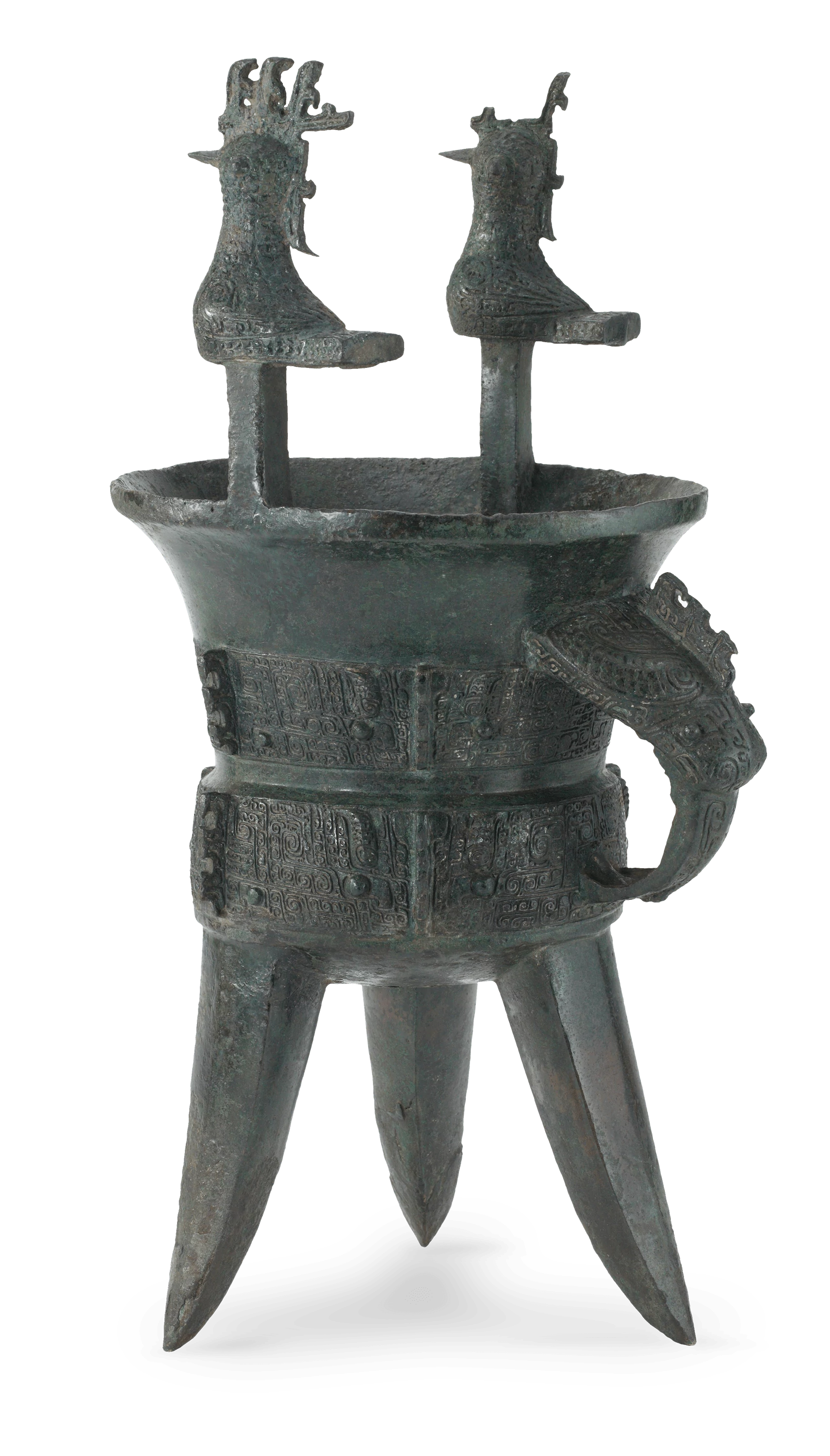

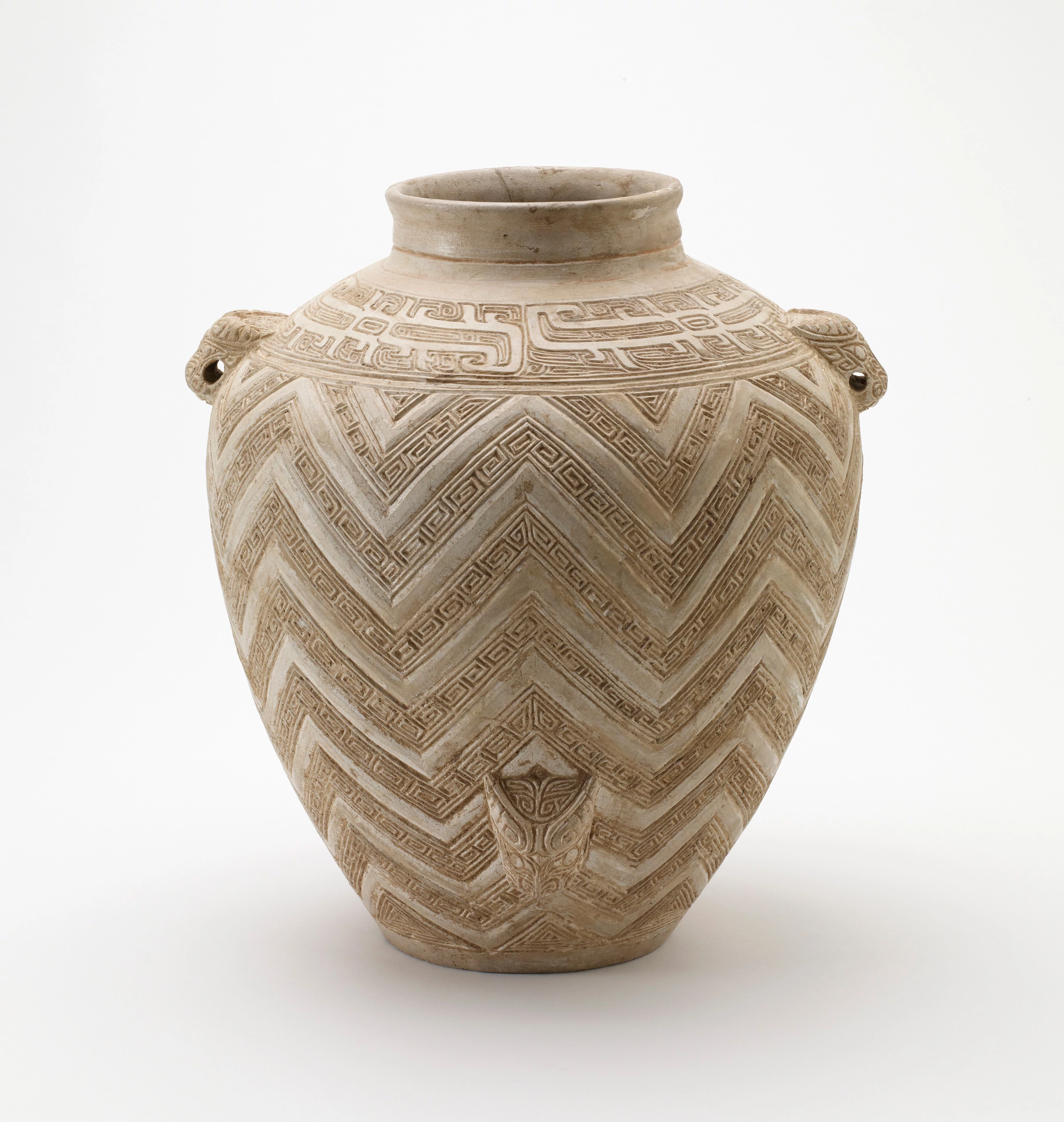
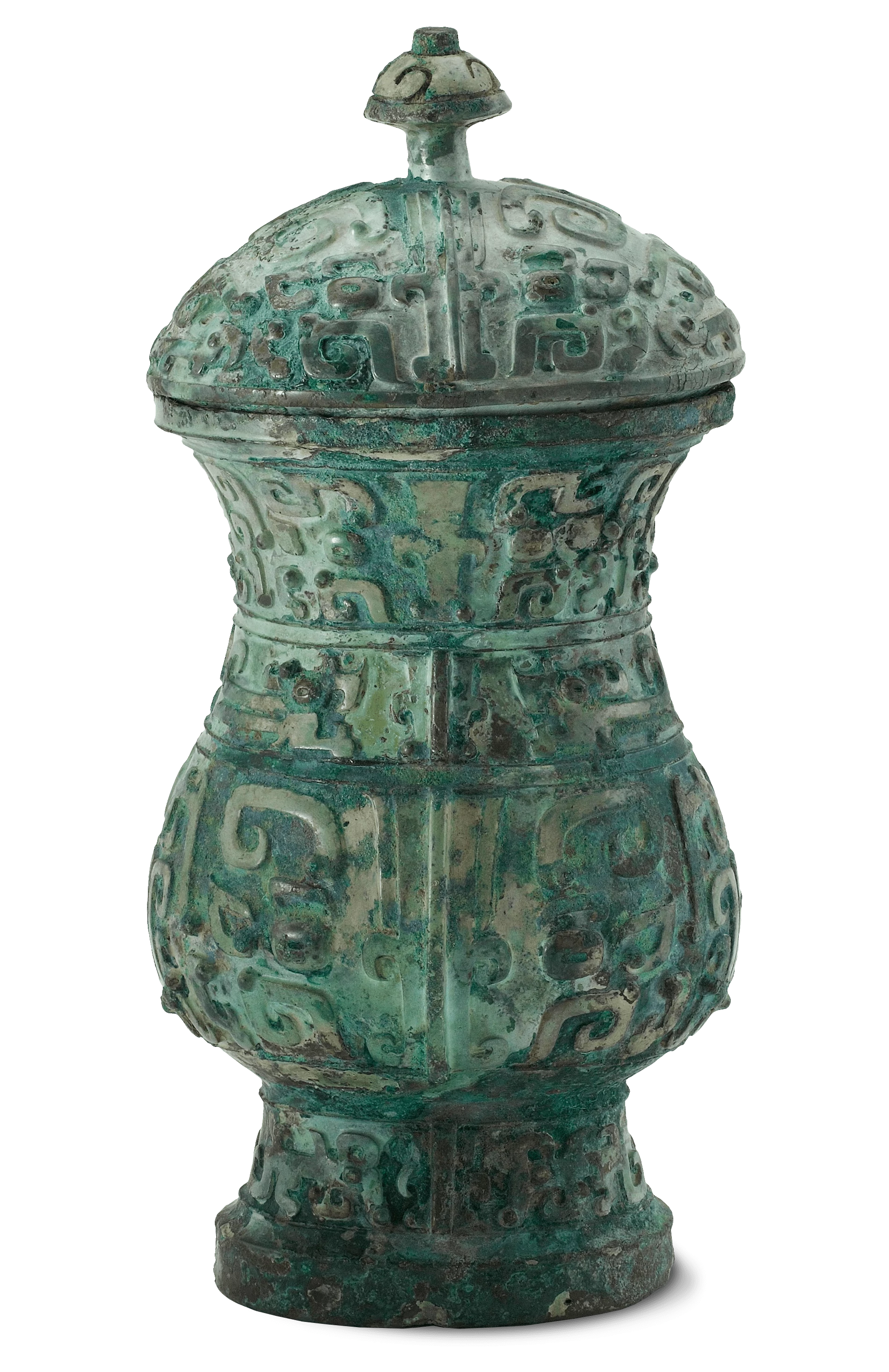

Man takes his law from the Earth; the Earth takes its law from Heaven; Heaven takes its law from the Tao.
